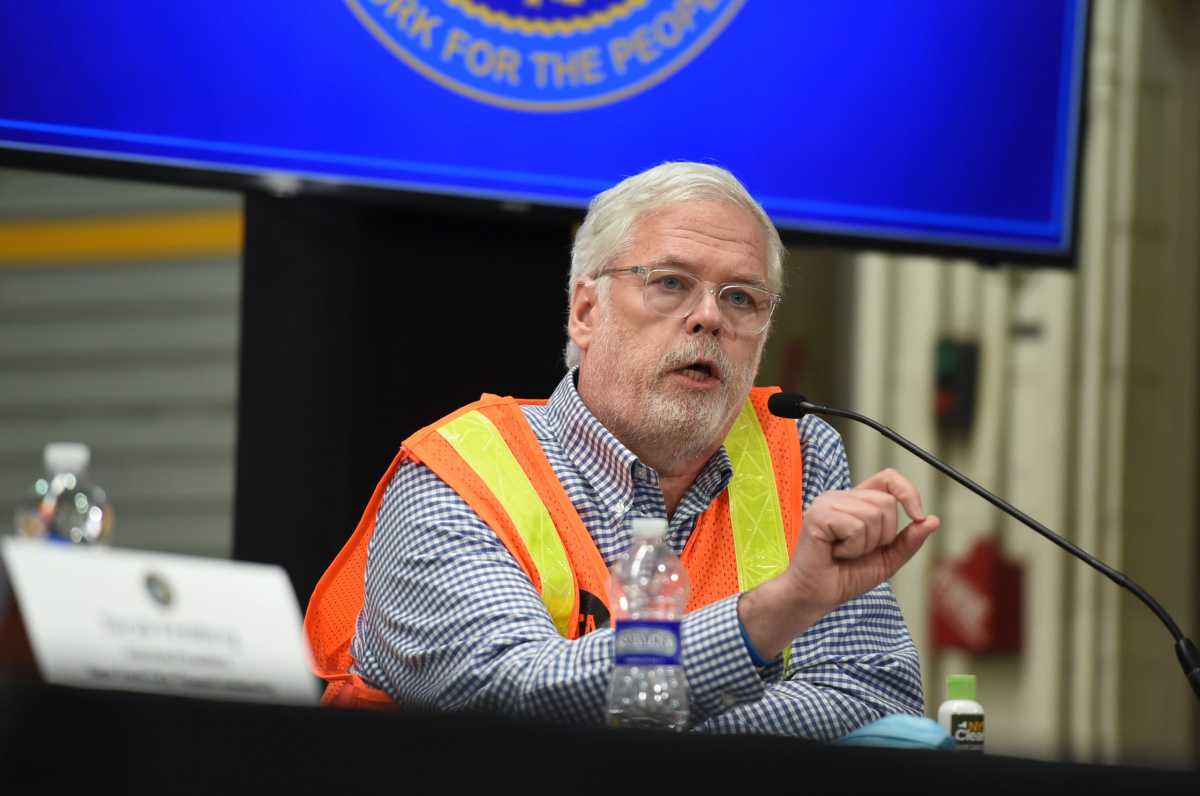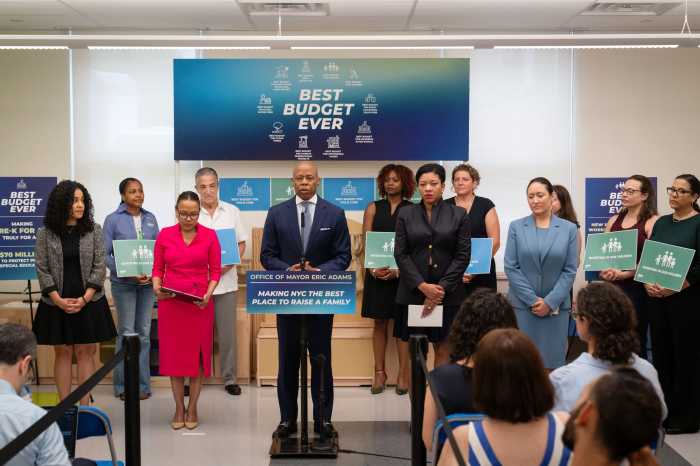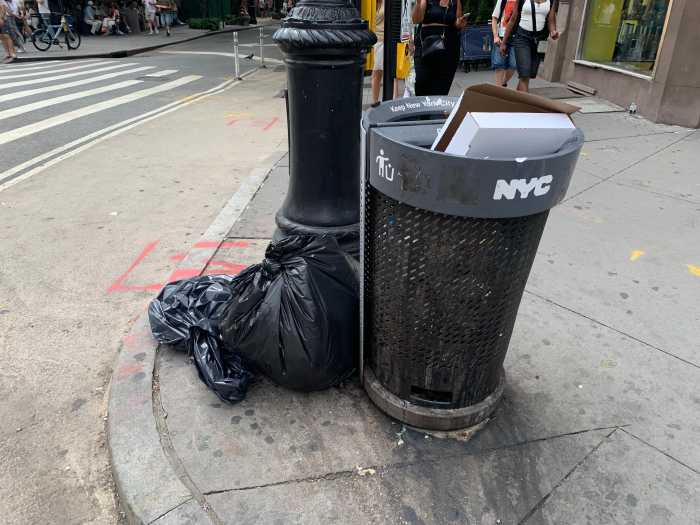By Patrick Foye, CEO of the New York Metropolitan Transportation Authority
What a difference just a few months can make. Two months ago, the MTA’s finances were facing a calamity of unprecedented proportions and our plan to establish the nation’s first Central Business District Tolling Program (CBDTP) was in limbo.
But thanks to President Biden, the nation’s biggest supporter and most famous user of mass transit, and our tireless hometown champion, Senate Majority Leader Schumer, the federal government came through with a new COVID-19 relief package that has helped the MTA avoid widespread cuts in service and layoffs that would have decimated the system and devastated New York’s economy.
And then last week—just two months into the new administration— the president unveiled a massive $2 trillion infrastructure plan that outlines a bold vision for historic investment in public transportation.
We also received long-awaited federal guidance on how to proceed with CBDTP, also known as congestion pricing. This critical program will help ease gridlock, promote mass transit usage, and raise $15 billion for our historic 2020-2024 Capital Program to reinvest in our transit system while improving health by reducing air pollution.
While implementation of congestion pricing won’t happen right away, this direction allows us to hit the ground running to conduct the review and broad public outreach necessary to move forward.
It’s been a long two years of waiting to get to this point. During that time, our team, led by Allison L.C. de Cerreno, has been working hard to lay the groundwork for congestion pricing, hiring TransCore to begin the preliminary design process and later build and operate the program.
Thankfully President Biden and Transportation Secretary Buttigieg saw the need for urgency and acted quickly to advance our application. They rightly recognized the wide-ranging benefits of congestion pricing.
We’ve seen in other cities how tolling programs can help to significantly reduce carbon dioxide emissions and fossil fuel consumption. According to the Federal Highway Administration, those metrics fell by 20 percent in London after the city enacted a congestion surcharge. Singapore’s tolling system prevents the release of an estimated 175,000 pounds of carbon dioxide into the air every day, and Stockholm’s policy has led to a 10-14 percent drop in emissions in its city center. We now have a historic opportunity to follow their lead here in New York and advance our climate goals.
The Central Business District Tolling Program will also ensure that we have a critical element of funding for our $51.5 billion 2020-2024 Capital Program. Congestion pricing will raise $1 billion a year that we can leverage by issuing bonds to provide $15 billion towards critical infrastructure projects that will fortify our system for decades to come. We need a strong and robust MTA more than ever as the region looks to recover from the pandemic. Mass transit is also the great equalizer, and by investing in and improving our network we can improve equity for New Yorkers across our service area.
As we work to aggressively implement this vital program, we know it will serve as a model for other cities across the country. We’re committed to doing it right so that the MTA can again lead the nation and spur a new golden age for mass transit.





































